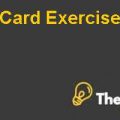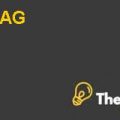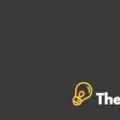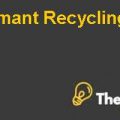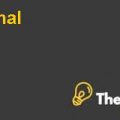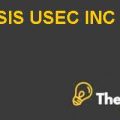
Financial statement analysis and credit risk analysis. Case Solution
Common size analysis:
Common size analysis is also known as vertical analysis. The main reason for the common size analysis is to evaluate information one period to another within the company.
Balance sheet:
The common size balance sheet for target company, the composition of assets, liabilities, and owner equity. In 2008, the total current assets were 42.4% of its total assets, which is the higher percentage than the previous year; the reason was the is increase in account receivables. This means that the company is selling their product more on credit. In 2008, net property, plant, and equipment were 54.1% of total assets, which is lower than the previous year. This shows company’s sales and fixed assets in the current year. According to the liabilities, the current liability is 26.4% of total assets, which is lower than 2007. It means company is now purchasing more inventories on cash. Total liabilities are 65.6% of total assets and total stockholder equity was 34.4% of total assets that year. In 2008, company had more debt than equity, which shows that company had a financial risk.
Income statements:
The common size analysis for Target’s income statement, each of the items is measured as a percentage of net sales. The credit sales of the Target are increasing yearly; it means that company is selling more on credit. The cost of good sales and gross profit of the company is same on the basis of sales. In the current year, the operating profit is 8.3%, which is little lower than the previous year. The company is not effectively controlling their operating expenses. Operating expense is also the reason of decrease in net profit.
Ratio analysis:
Ratio analysis is a useful management tool that improves the understanding of company’s financial results, managers use ratio analysis in order to find the strengths and weaknesses of the company.
Liquidity Ratios:
This ratio shows how the company is able to pay off its short-term Debt. A Higher value of ratio means a larger margin of safety.
Current ratio:
Current ratio measure how many current assets the companies has in order to pay their shot-term liability. The benchmark of the ratio is 2:1; it means company should at least have two times of current assets to pay current liabilities. Hence, in the case of Target, the current ratio is 1.6 in 2008, and 1.3 in 2007. The current ratio is more than one; this indicates that company has sufficient current assets available to pay its current obligations.
Quick ratio:
It is also an indicator to find out company's liquidity. Quick ratio is also known as acid-test ratio. This ratio measures that how many liquid assets company has to pay its short-term liabilities. The benchmark of the ratio is 1:1. It means company should have liquid assets equal to current liabilities. A higher the quick ratio means a better company’s liquidity position. Hence; Quick ratio of the Target is more than 1 in 2008; it means that the company has more liquid assets available in order to pay its current liability.
Cash flow liquidity (cash ratio):
Cash ratio is most commonly used to identify the company’s liquidity. It measures how quickly; a company is able to pay short-term debt. High cash ratio indicates that company has enough cash available to pay its creditors. According to Target Company, the company has 0.21 times cash available to pay current liabilities quickly................
This is just a sample partial case solution. Please place the order on the website to order your own originally done case solution



